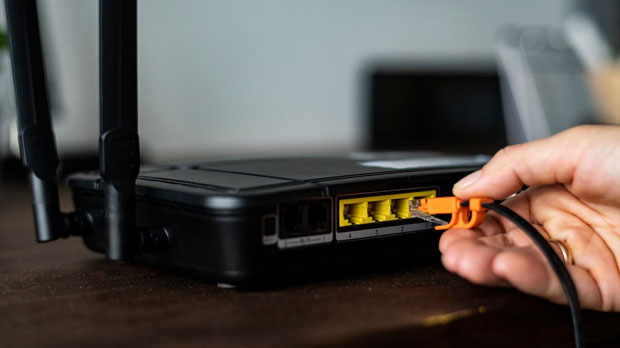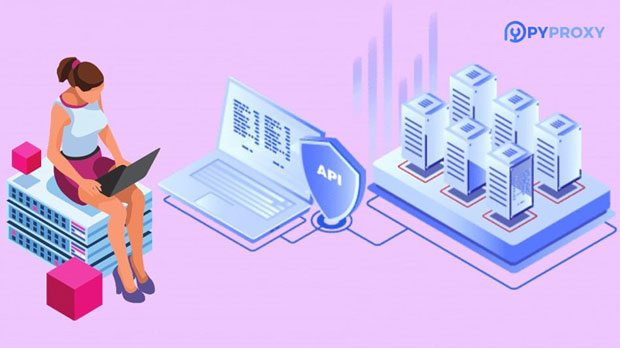A socks5 proxy server is a versatile and highly secure type of proxy that allows users to route their internet traffic through an intermediary server, masking their IP address and encrypting their data. Unlike traditional proxies, SOCKS5 works with any type of internet traffic, whether it's HTTP, FTP, or even peer-to-peer connections. Its primary strength lies in its ability to handle any type of protocol and provide higher levels of security compared to other types of proxies. On the other hand, free proxy servers are typically unsecured, unreliable, and have a high risk of data interception. This article will delve deeper into the functionalities of socks5 proxy servers and explain the key differences between them and free proxy servers. Understanding SOCKS5 Proxy ServersSOCKS5 (Socket Secure version 5) is a protocol that allows users to establish a secure and flexible connection to the internet via a proxy server. It is a more advanced version of SOCKS4, offering enhanced security features, including support for authentication and a variety of internet protocols. SOCKS5 proxy servers work by forwarding data between a user and the internet through an intermediary server. This process hides the user’s real IP address, making the browsing experience more anonymous.One of the significant advantages of SOCKS5 is its ability to handle various types of internet traffic. Whether you're browsing websites, downloading files via FTP, or even using peer-to-peer applications like torrents, SOCKS5 can manage it all. Unlike HTTP proxies, which are designed only for web traffic, sock s5 proxies are more versatile and provide an additional layer of privacy and security.Additionally, SOCKS5 supports both IPv4 and IPv6 addresses, which enhances the proxy’s compatibility with modern networks. Furthermore, SOCKS5 does not modify or block data, making it an excellent option for users who require a high level of privacy and security while maintaining fast and stable internet connections.Key Features of SOCKS5 Proxy Servers1. Authentication and Security: SOCKS5 proxies support authentication, which means users can log in with a username and password to gain access to the server. This adds an extra layer of security, ensuring that unauthorized users are unable to utilize the proxy.2. Versatility Across Protocols: One of SOCKS5's standout features is its ability to support various types of internet protocols such as HTTP, FTP, and even UDP (User Datagram Protocol), which is used for real-time applications like VoIP and streaming. This makes SOCKS5 an excellent choice for users who need to access diverse online services beyond just web browsing.3. No Data Modification: Unlike some proxy servers that might alter or filter data, SOCKS5 proxies relay traffic without making any changes. This ensures that users’ data remains intact and unmodified, which is crucial for activities requiring high integrity, such as secure communication or accessing sensitive information.4. Enhanced Privacy and Anonymity: SOCKS5 hides users’ real IP addresses, enhancing their privacy and security online. This is especially important for individuals who want to remain anonymous or access geo-restricted content. By masking the IP address, SOCKS5 prevents websites and services from tracking users’ actual locations.Understanding Free Proxy ServersA free proxy server, as the name suggests, is a proxy service that does not charge users for its use. Free proxy servers are widely available across the internet, and they often appear as an attractive option for users seeking anonymity or those trying to bypass geographical restrictions without incurring costs. However, while free proxies might seem appealing due to their zero cost, they come with a range of serious drawbacks that can significantly compromise privacy and security.Free proxies are typically not as reliable as paid services, and many are prone to downtime or slow speeds due to a large number of users sharing the same server resources. Furthermore, free proxies are often unsecured, meaning that the data you transmit through them can be intercepted, which could lead to serious security risks, including identity theft and data breaches.Another significant issue with free proxy servers is that they may log user data, which defeats the purpose of using a proxy in the first place. In some cases, free proxy providers may sell your data to third parties or use it for advertising purposes. Therefore, users need to exercise caution when considering free proxy services.Key Differences Between SOCKS5 and Free Proxy Servers1. Security and Privacy: SOCKS5 proxies provide better security and privacy compared to free proxy servers. SOCKS5’s ability to authenticate users and its robust encryption make it a safer choice for those concerned with online security. Free proxies, on the other hand, often lack such security features, leaving users vulnerable to data interception and privacy breaches.2. Speed and Reliability: SOCKS5 proxy servers tend to offer better speed and reliability. Since users generally pay for access to SOCKS5 servers, these services are less likely to suffer from overloading, ensuring a more stable connection. In contrast, free proxy servers can become sluggish and unreliable due to high traffic, as many people may use the same server simultaneously.3. Data Integrity: SOCKS5 proxies do not alter or block data, ensuring that users can maintain data integrity. In contrast, free proxies may modify data or block certain types of traffic, which can affect the performance of activities such as streaming or downloading files.4. Range of Supported Protocols: SOCKS5 proxies are capable of handling a broader range of internet traffic, including HTTP, FTP, and UDP. Free proxy servers, on the other hand, are often limited to HTTP and may not support more complex traffic, which can restrict their use for users who require a diverse range of internet services.5. Cost and Availability: While SOCKS5 proxies often require a subscription fee, their premium services justify the cost with enhanced security, privacy, and performance. Free proxies, however, are available at no cost but come with the significant trade-off of lower security, privacy risks, and unreliable performance.Conclusion: Choosing the Right Proxy for Your NeedsIn summary, while free proxy servers might seem like an appealing option due to their zero cost, they pose significant risks in terms of security, privacy, and reliability. SOCKS5 proxy servers, though typically paid, offer a much higher level of protection, stability, and versatility. For users who prioritize security, anonymity, and the ability to handle various types of internet traffic, SOCKS5 proxies are the better choice. On the other hand, free proxy servers may be suitable for casual browsing where privacy and security are not top priorities, but they come with a considerable set of limitations. Ultimately, the choice between SOCKS5 proxies and free proxies depends on individual needs and priorities, with the understanding that free proxies may not provide the level of service required for more sensitive or demanding online activities.
Apr 21, 2025
![arrow]()




























































